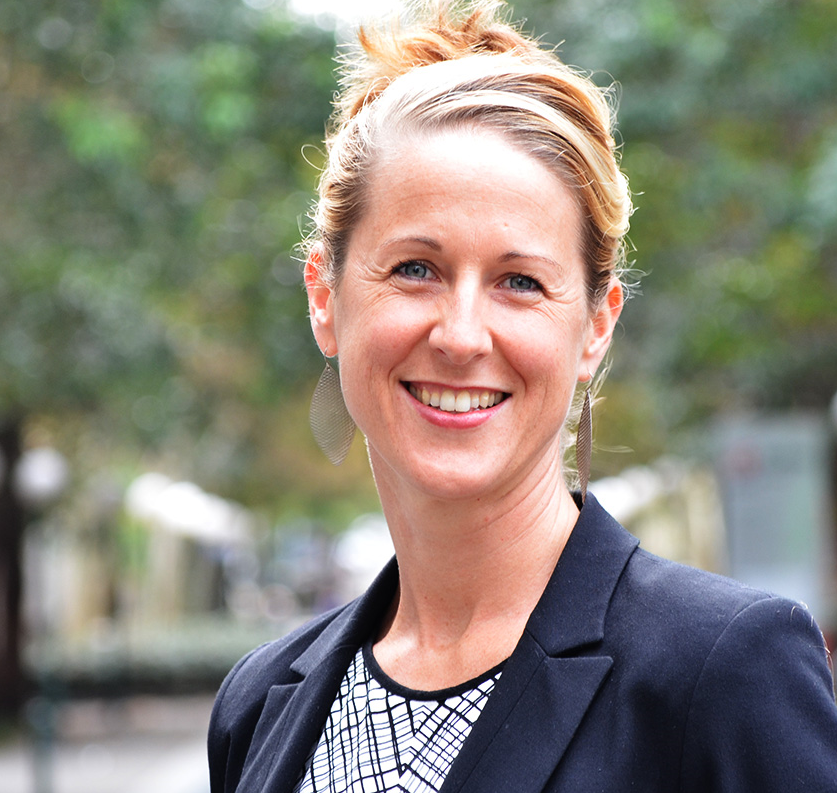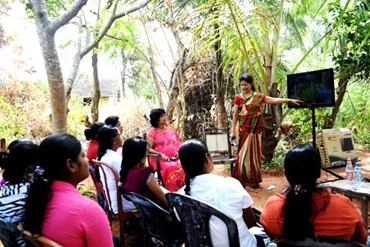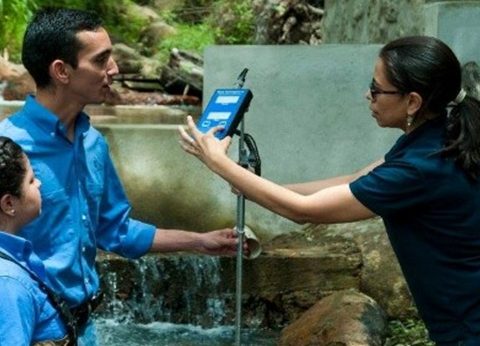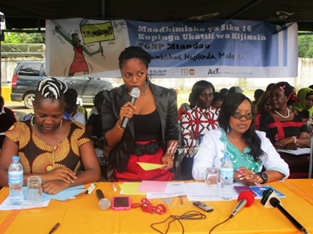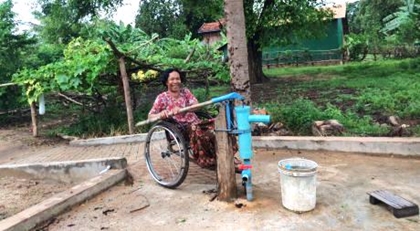Video
Webinar: Gender Equality and Water Management
What does inclusive Water Resources Management look like?
About
While an awareness of the importance of inclusion and gender equality within water management has increased in recent decades, much work remains to effectively embed inclusive policies and practices by the sector. Gender equality can be seen as one key dimension of an inclusive approach – where no group is marginalised or excluded systematically. Sustainable Development Goal 6 to “ensure access to clean water and sanitation for all” requires explicit attention to gender equality and inclusion.
Presenters
Melita Grant
Institute for Sustainable Futures UTS
Melita Grant is an experienced practitioner, advisor, and researcher in integrated water resources management (IWRM), and water, sanitation and hygiene (WASH) in Australian and international developme... Read more


